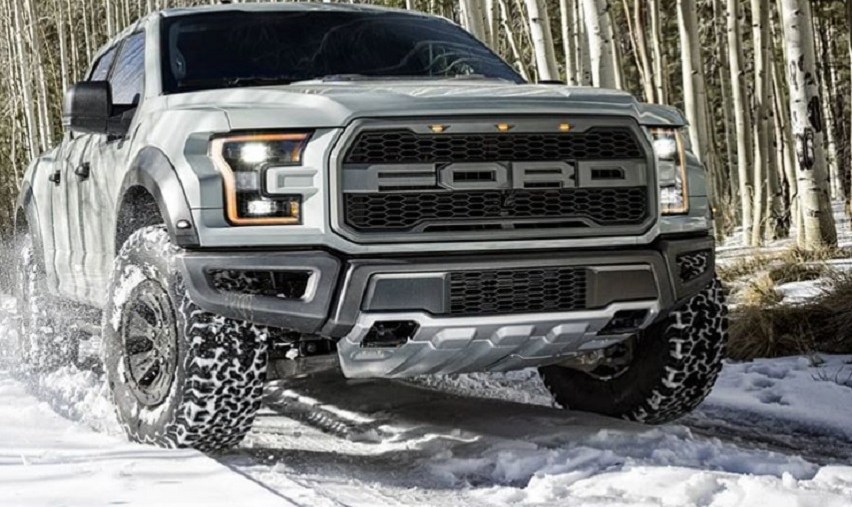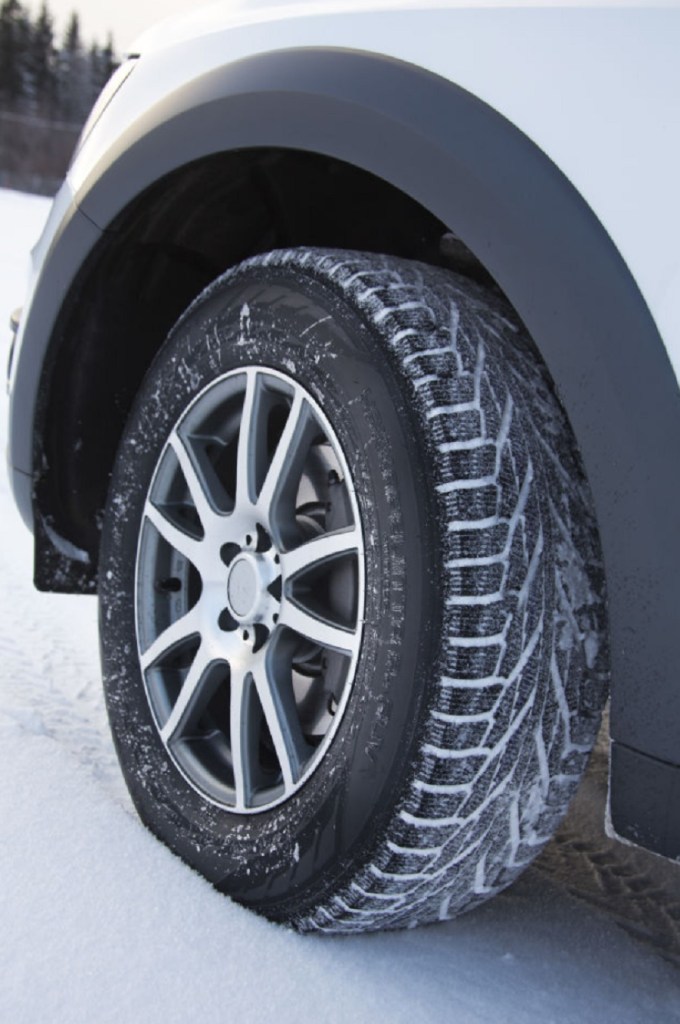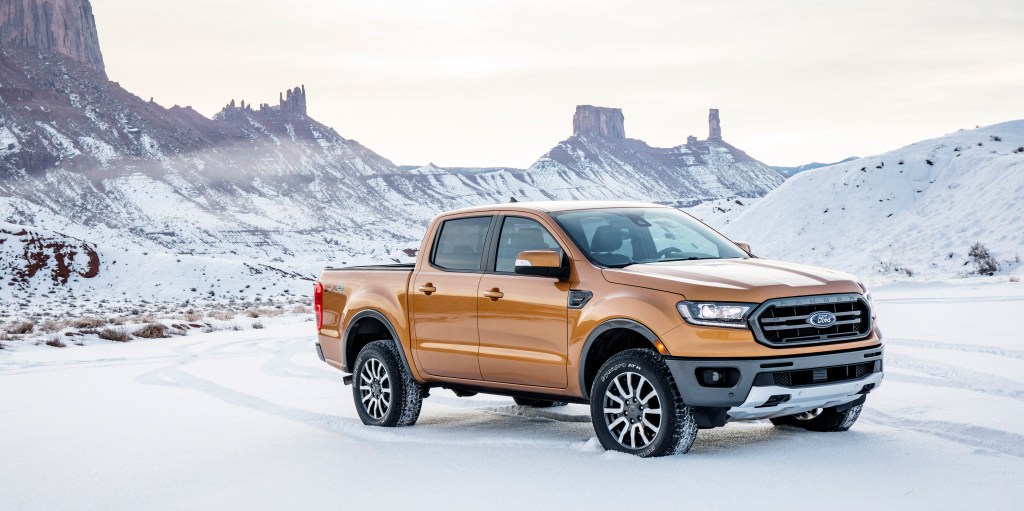
The Most Important Thing to Keep in Mind When Driving Your Truck or SUV in the Winter
Driving a truck or SUV in the winter isn’t something to take lightly. Yes, it can be a lot of fun. But, even when snow and ice don’t cover the road, your vehicle is going to behave differently. Still, winter driving shouldn’t be something to be scared of. Not as long as you keep a few things in mind. Team O’Neil knows a few things about extreme truck driving. And in a recent video, the rally school explained what the most important thing truck and SUV drivers should keep in mind before heading out this winter.
Pay attention to all your limits
It’s safe to say not everyone is a rally driver. Most people on the road aren’t interested in taking their vehicles ‘to the limit.’ But while we’re not suggesting truck and SUV drivers try to drift on public roads, knowing your limits is essential for winter driving. Not only your personal limits but your vehicle’s and the road’s limits, too.
Knowing your limits starts, as Team O’Neil host Wyatt Knox explains, with paying attention. Turn the radio down, put your phone away, and keep scanning the road and your mirrors. Think about what another vehicle in front of you may do. That way, you won’t be surprised and have to panic-brake.
But when you do brake, you have to know how your truck or SUV will react. Understand how braking, accelerating, and steering shift your vehicle’s weight around. Knox recommends taking your truck or SUV to a vacant lot or out-of-the-way area and practicing. Braking and steering in a controlled environment will help you understand how to control your vehicle, and also raise your confidence.
Knox also recommends cracking the windows slightly. This, plus the lower radio volume, isn’t only to help you hear what’s coming. Depending on how your tires sound, you can tell what the road surface is like. Think you’re driving on a wet road, but don’t hear the sizzling sound tires make on water? You might be driving on black ice instead.
How winter tires affect these limits
Ice, snow, and slush all affect road limits, which play into your vehicle’s limits, too. Traction and available grip decrease, which makes it harder for your truck or SUV to effectively put power down. Colder temperatures, which make all-season tires stiffer and less grippy, also factor into this.

That’s why, even if your area doesn’t see much snow, you should invest in a good set of winter tires. Winter tires differ in several ways from all-season tires to help them perform better in the cold and snow. They have special rubber compounds that stay soft and grip well, even in the cold. And winter tires come with deep-cut grooves and treads to throw snow and water away from the road surface. Winter tires can make such a difference, in fact, that one Popular Mechanics tester preferred a Camry with winter tires over any all-wheel drive SUV that only had all-seasons.
How all-wheel drive and four-wheel drive affect these limits

That’s not to say all-wheel and four-wheel drive are pointless in winter. But it’s important to note what AWD and 4WD can do, and what they can’t.
As we and Popular Mechanics have explained, AWD helps you accelerate better. But, as Consumer Reports points out, it does nothing for cornering or braking. Popular Mechanics actually suggests that AWD can leave drivers with a false sense of security. They go too fast because they think AWD will save them, and get into accidents.
AWD and 4WD help get you through the snow, but they don’t help you stop or turn. Because your truck or SUV is sending power to all four wheels, traction improves. But traction ≠ grip. Grip comes from your tires. Without proper grip, all you’ll do is spin your tires and/or slide into a pole.
Other winter driving tips
Changing to winter tires does help you stop sooner when there’s snow on the ground. But more important than that are your brakes. Make sure to inspect them, and change out any worn pads or rotors.
Even with new brakes and winter tires, try to increase your following distance during the winter. Especially when there’s snow covering the ground. The extra distance gives you extra reaction time. It also lets you modulate your braking to avoid skidding or sliding. But increasing distance between you and the truck ahead doesn’t matter if you can’t see. Make sure your wipers are in good condition, and that your washer fluid is topped up.
Also, the colder temperatures don’t just affect your tires. Both your oil and your battery can perform worse as the mercury drops. Depending on how cold it gets, you may want to consider changing to a different oil grade. And inspect your battery and alternator before winter to make sure they’re in good shape. If your battery is more than a few years old, you may want to consider getting a new one.
Finally, if you live in an area where the roads are salted, make sure to wash your truck or SUV as frequently as possible. The salt and melted snow will degrade your paint and rust your vehicle if left on.


